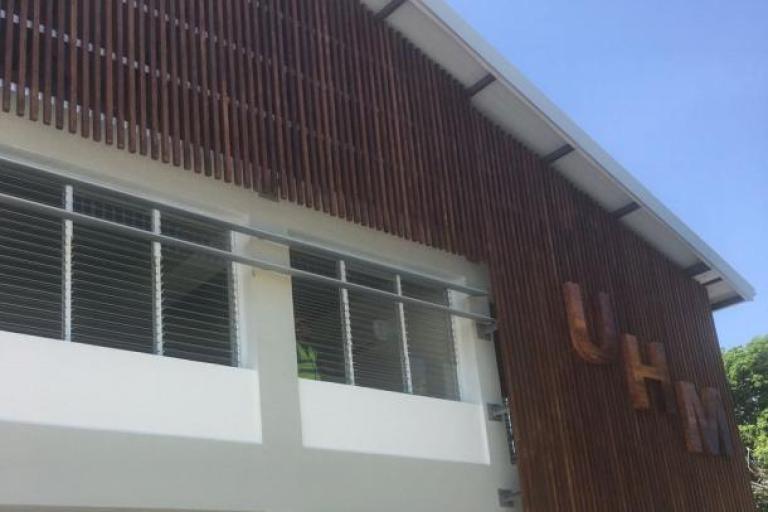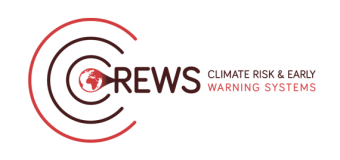Support of the Hydrometeorological Unit of Haiti (UHM) for sustainable operability and the implementation of a relevant and efficient hydrometeorological warning system (CREWS Haiti)
现在的情况
Haiti is the only least-developed country in the Caribbean, and is further classified as a small island developing state (SIDS). Haiti scored “very high” on the 2018 INFORM Risk Index. Moreover, the World Bank’s “Natural Disaster Hotspot Study” ranked Haiti as one of the countries with the highest exposure to multiple hazards, and the SIDS with the highest vulnerability to tropical cyclones.
The vulnerability of the Haitian population is caused by the exposure to hydrometeorological events including tropical storms and cyclones, earthquakes, landslides, floods, droughts as well as demographic factors such as poverty, high population density, the presence of settlements in low-lying areas and floodplains. Moreover, a lack of political stability, fiscal problems and weak public infrastructure increase the risk for the population. An essential step to achieve resilience to climatic shocks and a sustained development of the country is to secure efficient Hydro-meteorological services. This is the principal goal of this project.
The CREWS Haiti project leverages the outcomes of the “Climate Services to Reduce Vulnerability in Haiti” project, which was funded by Environment and Climate Change Canada (ECCC) (2012-2019). The main achievements of this project included the construction of a zero-emission, hurricane and earthquake resistant building for the Unité Hydro Météorologique (UHM), the development and installation of a technical assistance package, providing UHM with the necessary technical equipment, and further training for weather forecasting, observation and aviation meteorology.
范围
To improve and strengthen the capacity of UHM to develop and deliver co-produced multi-hazard alerts, as well as to strengthen its cooperation with key ministries, priority sectors and communities to increase the effectiveness of Haiti’s early warning system.
目标
The project is structured around three main expected outcomes:
Component 1 - Enhance ability of UHM to deliver high quality services to Civil Protection and other stakeholders
- Output 1.1: UHM institutional arrangements strengthened
- Output 1.2: Technical capacities of UHM improved to provide forecasts and warnings
Component 2 - Established/Improved hydrometeorological warning system
- Output 2.1: National coordination mechanism strengthened
- Output 2.2: Early warning services developed and accessible for the agriculture sector
Component 3 - Enhanced preparedness and response capacities at national and community levels
- Output 3.1: Preparedness and response plans strengthened and accessible


- Disaster Risk Reduction
- Capacity Development


